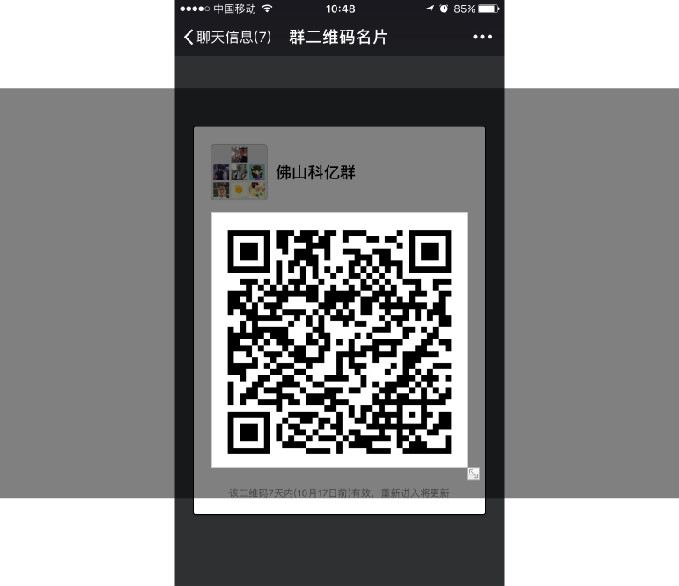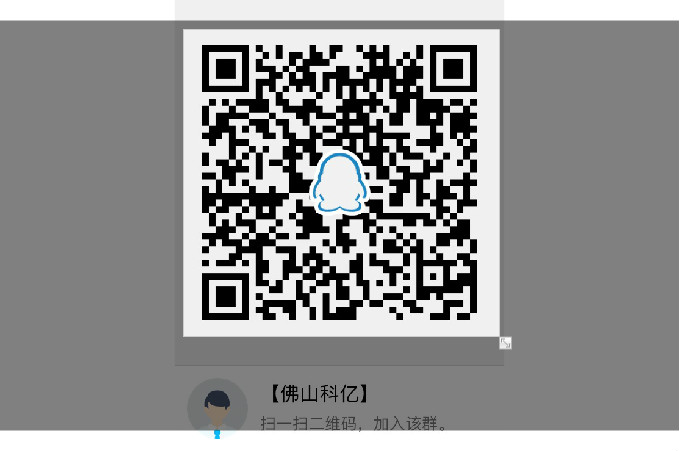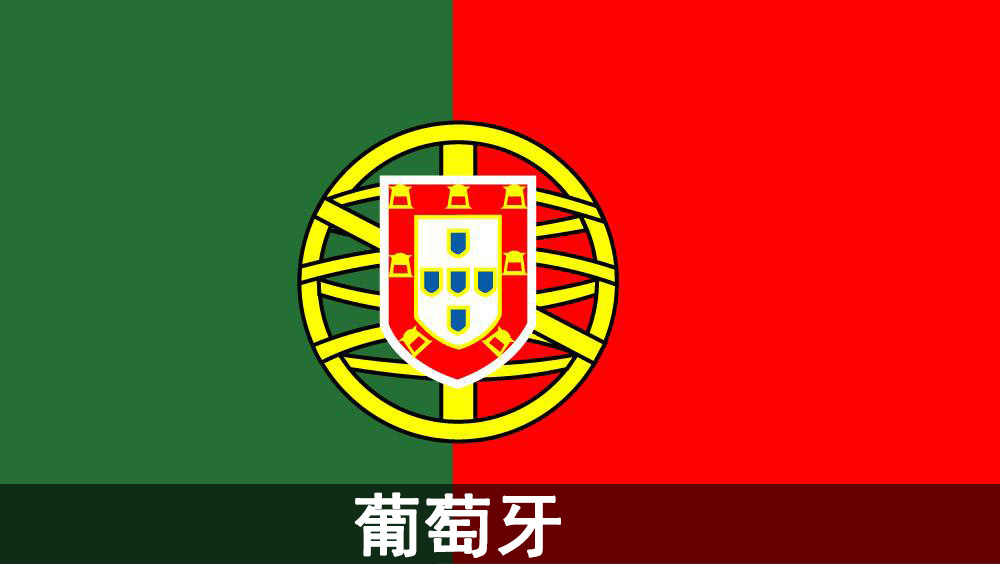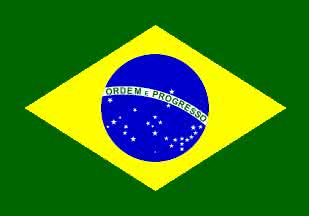1. GENERAL INTRODUCTION TO THE PATENT LAW OF THE PEOPLE'S REPUBLIC OF CHINA
The Patent Law of the People's Republic of China was approved on Mar. 12th 1984 and first entered into force on Apr. 1st 1985, which was amended in 1992, 2000 and 2008 respectively.
China became a member of the Paris Convention for the Protection of Industrial Property on Dec.19th 1984.
The Chinese government submitted an application for joining the Patent Cooperation Treaty to the World Intellectual Property Organization on Oct. 1st 1993, which entered into force on Jan. 1st 1994. Namely, China officially joined the Patent Cooperation Treaty on Jan. 1st 1994.
Therefore, foreign enterprises and individuals can apply for a patent in China through the Paris Convention and the Patent Cooperation Treaty.
2. TYPE OF PATENT AND APPLICATION PROCESS
The type of Chinese patent is same to that of the civil law countries, such as Germany, Japan, comprising inventions, utility models and designs. According to the Patent Law of the People’s Republic of China, the patent administration department may carry out substantive examination to an invention patent application. The duration of the invention patent right shall be 20 years, commencing from the date of application. A utility model or design patent application can merely adopt preliminary examination and the duration of the utility model patent and design patent are both 10 years, commencing from the date of application. It is important to note that, at present, the Chinese Patent Office may examine the novelty of a utility model patent application appropriately.
2.1 Invention Patent
2.1.1 Concept and Description of the Invention Patent
According to paragraph 1 of article 2 of the Patent Law of the People’s Republic of China, the term “invention” refers to any new technical solution relating to a product, a process or an improvement thereof.
“Product” refers to all kinds of new products manufactured by industrial methods, including items with a certain shape and structure, such as solid, liquid and gas. “Method” refers to the method of processing the raw materials into a variety of products. It is not required that an invention patent can be directly applied to industrial production and technological achievements. It can be a solution or an idea to solve the technical problem, having the possibility of industrial application. However, such technical solution or idea should not be confused with proposing pure conceptions because pure conceptions cannot be applied to industrial applications.
2.1.2 Application Process of an Invention Patent
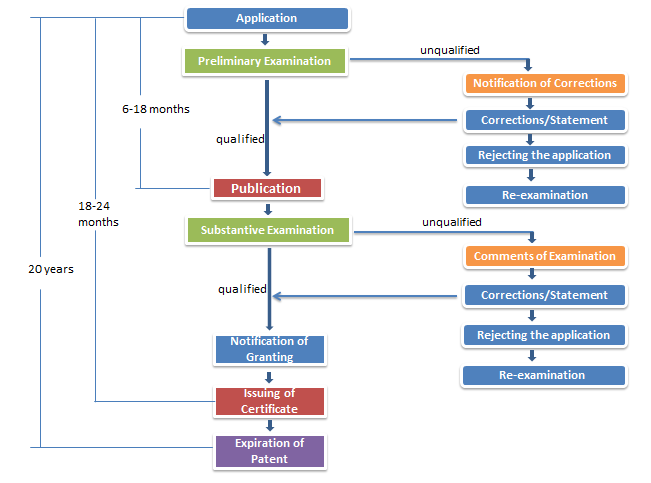
Similar to most of the countries, China carries out substantive examination to the invention patent applications, namely, examining the novelty, creativity of the invention patent applications.
2.1.3 Required Documents for Application
A. Written description, written claim, written abstract, drawings of written description and drawing of abstract.
B. Letter of authorization for the application of patent, which is required to be signed by the applicant or stamped (no notarization or certification is required).
C. Name and address of the applicant, name and address of the inventor, etc.
Notes: all of the documents must be submitted in Chinese.
2.2 Utility Model
2.2.1 Concept and Description of the Utility Model Patent
According to paragraph 2 of article 2 of the Patent Law of the People’s Republic of China, the term “utility model” refers to any new technical solution relating to a product’s shape, structure, or a combination thereof, which is fit for practical use. Same as an invention patent, a utility model patent also protects a technical solution. However, the protective scope of the utility model patent is comparatively smaller, namely, protecting the new products with a certain shape or structure merely. A utility model patent DOES NOT protect the method and the substance without definite shape. Comparing with the invention patent, utility model patent pays special attention to the utility of the technical solution, and the technical level of a utility model patent is lower than that of an invention patent. The utility model patent in most of the countries protects those simpler and modified technical inventions, which can also be called “small inventions”.
2.2.2 Application Process of a Utility Model Patent
Similar to most of the countries, China carries out preliminary examination to the utility model patent application instead of substantive examination. The Patent office of the People’s Republic of China may appropriately examine the novelty of the utility model patent applications for improving the quality of patent applications. 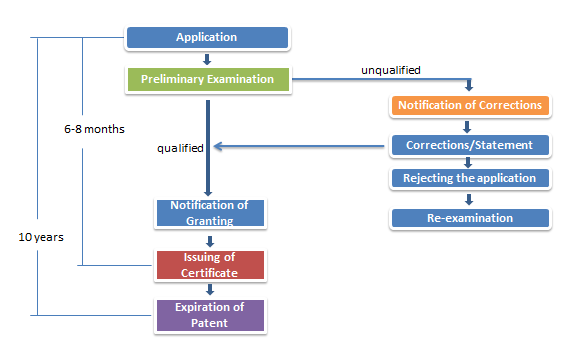
2.2.3 Required Documents for Application
A. Written description, written claim, written abstract, drawings of written description and drawing of abstract.
B. Letter of authorization for the application of patent, which is required to be signed by the applicant or stamped (no notarization or certification is required).
C. Name and address of the applicant, name and address of the inventor, etc.
Notes: all of the documents must be submitted in Chinese.
2.3 Design Patent
2.3.1 Concept and Description of the Design Patent
According to paragraph 3 of article 2 of the Patent Law of the People’s Republic of China, the term “design” refers to any new design of a product’s shape, pattern or a combination thereof, as well as the combination of the color and the shape or pattern of a product, which creates an aesthetic feeling and is fit for industrial application. It is also stipulated in Article 23 of the Patent Law of the People’s Republic of China that any design for which a patent is granted shall not be attributed to the existing design, and no entity or individual has, before the date of application, filed an application with the patent administrative department of the State Council on the identical design and recorded it in the patent documents published after the date of application.
2.3.2 Application Process of a Design Patent
Similar to most of the countries, China carries out preliminary examination to a utility model patent application instead of substantive examination.
2.3.3 Required Documents for Application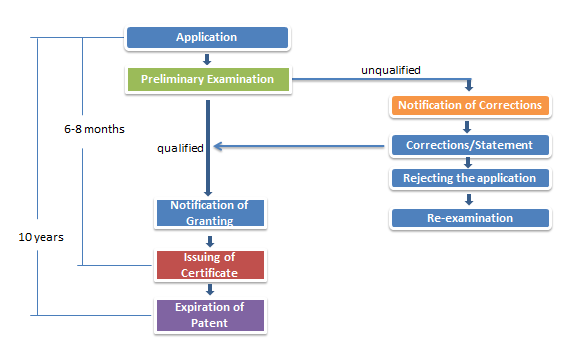
A. Six-side views and three-dimensioned drawing;
B. Brief description of design patent, including name of product, application and design features, etc.
C. Letter of authorization for the application of patent, which is required to be signed by the applicant or stamped (no notarization or certification is required).
D. Name and address of the applicant, name and address of the inventor, etc.
Notes: all of the documents must be submitted in Chinese.
3. WHAT SHALL NOT BE GRANTED
According to Article 5 of Patent Law of People’s Republic of China,
No patent shall be granted for an invention that contravenes any law or social moral or that is detrimental to public interests;
No patent will be granted for an invention based on genetic resources if the access or utilization of the said genetic resources is in violation of any law or administrative regulation.
According to Article 25 of Patent Law of the People’s Republic of China, for any of the following, no patent right shall be granted:
(1) Scientific discoveries;
(2) Rules and methods for mental activities;
(3) Methods for the diagnosis or for the treatment of diseases;
(4) Animal and plant varieties;
(5) Substances obtained by means of nuclear transformation; and
(6) The design, which is used primarily for the identification of pattern, color or the combination of the two on printed flat works.
For processes used in producing products referred to in item (4) of the preceding paragraph, a patent may be granted in accordance with the provisions of this Law.
Except for the above, the following two shall not be granted as well:
(1) Software programs
(2) Business methods

